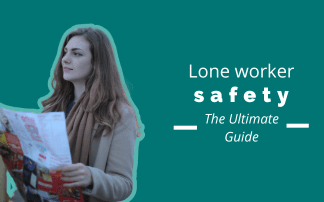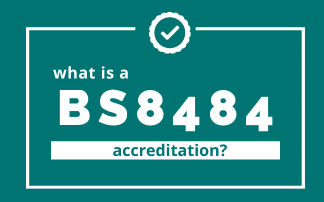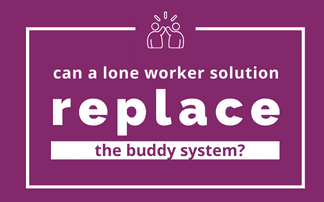
by Alice Bowerman | Friday, 21, July, 2023 | Lone Working
Cinematic lone workers: 7 of the world’s best-known solo operators It’s been a big month for cinema with several blockbusters hitting the big screen. As well as Barbie and Oppenheimer, IMF agent extraordinaire Ethan Hunt returns for the seventh (you read that...

by Alice Bowerman | Wednesday, 12, July, 2023 | Lone Working
Pick Protection’s lone working glossary – key terms and what they mean What is a lone worker as defined by the HSE? What is meant by an escalation process? And why is a BS8484 accreditation important? We answer all these questions and many more as...

by Alice Bowerman | Wednesday, 5, July, 2023 | Lone Working, Tips
A Guide to Lone Worker Safety: Ensuring the Well-being of Your Solo Employees Lone workers face their own set of safety challenges, and as a manager, it’s your responsibility to make sure they stay out of harm’s way. In this ultimate guide, we’ll...

by Alice Bowerman | Monday, 26, June, 2023 | Insights, Lone Working
BS8484 Lone Worker Accreditation: What is it and why is it important? Whether it’s lone workers, vulnerable individuals, or those in high-risk professions, having a reliable means of alerting authorities in times of distress is crucial. This is where BS8484...

by Alice Bowerman | Monday, 27, February, 2023 | Health, Insights, Lone Working
Buddy systems have played an important role in help ensure people’s safety at work since World War II. So why was the buddy system introduced, how is it used today, and where can a lone worker solution make improvements? What is a buddy system? A buddy system at work...
![A guide to creating a risk assessment [with free templates]](data:image/svg+xml;base64,PHN2ZyB3aWR0aD0iMSIgaGVpZ2h0PSIxIiB4bWxucz0iaHR0cDovL3d3dy53My5vcmcvMjAwMC9zdmciPjwvc3ZnPg==)
by Alice Bowerman | Thursday, 16, February, 2023 | Lone Working, Tips
If you’re responsible for the health and safety of your team, you will definitely have heard of a risk assessment. But what is it and why is it important? We give you a breakdown of this essential document, and how to get started in creating it. What is a risk...






![A guide to creating a risk assessment [with free templates]](https://www.pickprotection.com/wp-content/uploads/2023/02/how-to-create-a-risk-assessment.png)
